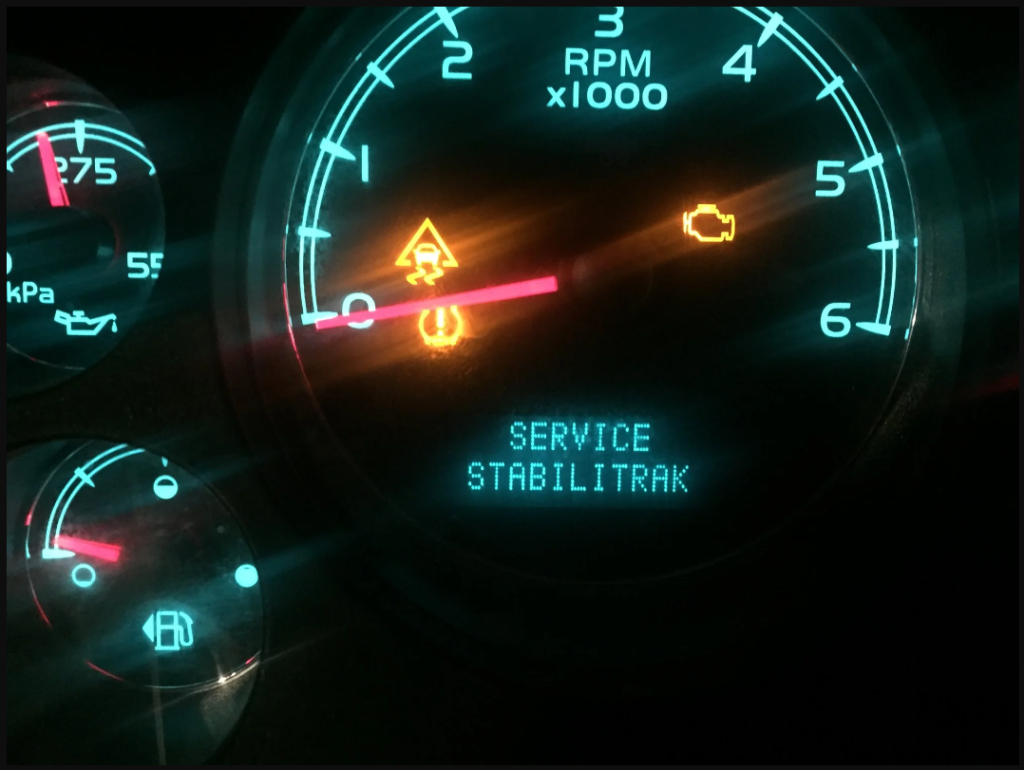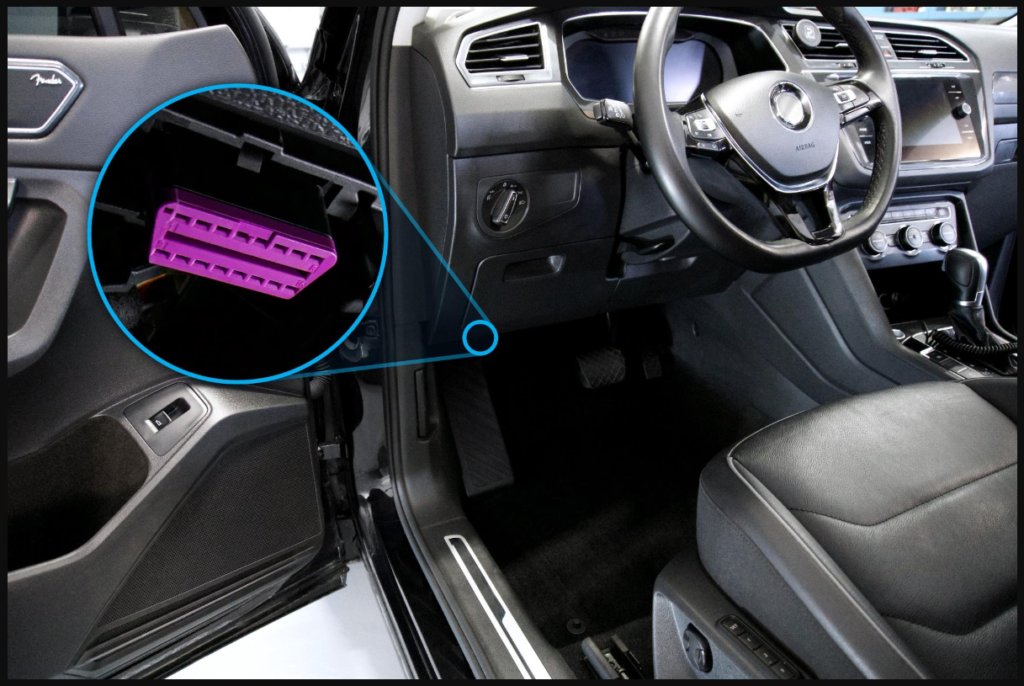Stabilitrak, a common feature in modern vehicles, is designed to enhance stability and traction during driving. However, can this sophisticated system impact your car’s ability to start? In this article, we delve into the role of Stabilitrak in vehicle operation, exploring scenarios where it might influence starting issues.
From understanding its integration with engine management systems to troubleshooting potential malfunctions, we aim to shed light on the relationship between Stabilitrak and starting failures. Join us as we navigate through the complexities of automotive technology to decipher how Stabilitrak impacts your car’s overall functionality.
Table of Contents
What really is Stabilitrak and why it is important?
Stabilitrak, a vehicle stability control system, is pivotal for enhancing traction and stability while driving. By continuously monitoring sensors like wheel speed, steering angle, and yaw, it detects potential loss of control or skidding.

When such instances arise, Stabilitrak intervenes by selectively applying brakes to individual wheels and adjusting engine power, helping to regain control and prevent accidents. This system is particularly valuable in adverse conditions like ice, snow, or slippery roads, where maintaining stability is challenging.
Stabilitrak’s ability to provide additional stability and control contributes significantly to road safety, reducing the risk of accidents caused by loss of traction or stability. As a fundamental safety feature, it plays a vital role in ensuring safer driving experiences for both drivers and passengers.
What would cause the StabiliTrak light to come on?
Several factors can trigger the illumination of the StabiliTrak light in a vehicle:
- Faulty Wheel Speed Sensors
Wheel speed sensors are crucial components of the StabiliTrak system. If one or more sensors fail or become damaged, the system may not accurately detect wheel speeds, leading to the illumination of the StabiliTrak light.
- Malfunctioning Steering Angle Sensor
The steering angle sensor measures the angle and direction of the steering wheel. A malfunctioning sensor can disrupt the StabiliTrak system’s ability to interpret driver inputs correctly, prompting the light to come on.
Service Traction Control, Service Stabilitrak, Engine Power Is Reduced: Causes And Fixes Explained
ENGINE RIDES
- Issues with the ABS System
The StabiliTrak system often works in conjunction with the Anti-lock Braking System (ABS). If there are issues with the ABS, such as a faulty ABS module or hydraulic pump, it can affect the StabiliTrak system’s functionality, triggering the warning light.
- Faulty StabiliTrak Module or Control Unit
The StabiliTrak system relies on a control module or unit to interpret sensor data and make adjustments to vehicle stability and traction control. If this module fails or experiences a malfunction, it can lead to erroneous readings and cause the StabiliTrak light to illuminate.
These issues may require diagnostic testing by a professional mechanic to identify and resolve the underlying cause of the StabiliTrak warning light. Ignoring the warning or continuing to drive with a malfunctioning StabiliTrak system can compromise vehicle safety and stability.
Can Stabilitrak cause the car not to start?
Stabilitrak itself typically does not directly cause a car not to start. Stabilitrak is primarily a system designed to enhance vehicle stability and traction while driving, particularly during challenging road conditions.
However, issues with the Stabilitrak system or related components could potentially lead to starting problems indirectly. If there are malfunctions or faults within the Stabilitrak system, it may trigger warning lights on the dashboard or affect other systems, but it shouldn’t prevent the car from starting on its own.
Starting problems in vehicles are usually related to issues with the battery, starter motor, ignition system, fuel system, or other mechanical or electrical components unrelated to the Stabilitrak system.
It’s essential to diagnose starting issues accurately to determine the root cause and address them effectively. If there are concerns about the Stabilitrak system, it’s advisable to have the vehicle inspected by a qualified mechanic to identify and resolve any potential issues.
How to reset the service StabiliTrak light? 2 Methods Explained
Resetting the “Service StabiliTrak” light can vary depending on the make and model of your vehicle. Here are two common methods:
Can A Bad Alternator Cause Traction Control Light To Come On?
ENGINERIDES.COM
Method 1: Battery Disconnect
Before you start ensure the vehicle is parked in a safe, flat location with the engine turned off. Put the transmission in Park (for automatic) or Neutral (for manual), and engage the parking brake. Allow the vehicle to sit for a few minutes to ensure the system has fully powered down.
Step 01 – Locate Battery: Open the hood and locate the vehicle’s battery. The battery is usually found under the hood, either on the driver or passenger side, depending on the vehicle model.
Step 02 – Disconnect Battery Terminals: Using a wrench or socket set, loosen and remove the negative (-) battery terminal clamp first. Be careful not to touch any metal surfaces with the wrench to prevent accidental short circuits. Then, remove the positive (+) terminal clamp.
Step 03 – Wait: Allow the vehicle’s electrical system to discharge by waiting for approximately 10 to 15 minutes. This ensures that all power is drained from the vehicle’s systems.
Step 04 – Reconnect Battery: After waiting, reconnect the positive (+) battery terminal clamp first, followed by the negative (-) terminal clamp. Ensure that both clamps are securely tightened.
Step 05 – Test: Start the vehicle and observe the dashboard lights. The “Service StabiliTrak” light should be reset, and it should not illuminate unless there are new issues with the StabiliTrak system.
Method 2: Using OBD-II Scanner
Purchase or borrow an OBD-II scanner from an auto parts store or online retailer. Ensure that the scanner is compatible with your vehicle’s make and model.
Step 01 – Locate Diagnostic Port: The OBD-II diagnostic port is usually located under the dashboard on the driver’s side. It may be covered by a small panel that can be easily removed.

Step 02 – Connect OBD-II Scanner: Plug the OBD-II scanner into the diagnostic port until it clicks into place. Turn the vehicle’s ignition to the “On” position without starting the engine.
Step 03 – Navigate Scanner Menu: Follow the instructions provided with the OBD-II scanner to navigate through the menu options. Look for an option to clear or reset fault codes.
Step 04 – Clear Fault Codes: Select the option to clear fault codes or reset the StabiliTrak system. Confirm the action when prompted by the scanner.
Step 05 – Wait: Allow the scanner to complete the reset process. It may take a few moments for the system to clear the fault codes and reset the StabiliTrak light.
Step 06 – Remove Scanner: Once the reset process is complete, disconnect the OBD-II scanner from the diagnostic port.
Step 07 – Test: Start the vehicle and check the dashboard lights. The “Service StabiliTrak” light should be reset, and it should not illuminate unless there are new issues with the StabiliTrak system.
Ensure that any underlying issues causing the StabiliTrak warning are addressed to maintain safe driving conditions. If the light persists or if you’re unsure about performing the reset procedure, consult a professional mechanic or dealership for assistance.
Can I drive my car if it says service StabiliTrak?
It’s generally safe to drive your car with the “Service StabiliTrak” warning illuminated, but it’s important to exercise caution. The StabiliTrak system may not function correctly, potentially affecting stability and traction control.
Avoid aggressive driving maneuvers and have the vehicle inspected by a professional mechanic as soon as possible to diagnose and address any underlying issues with the StabiliTrak system.






